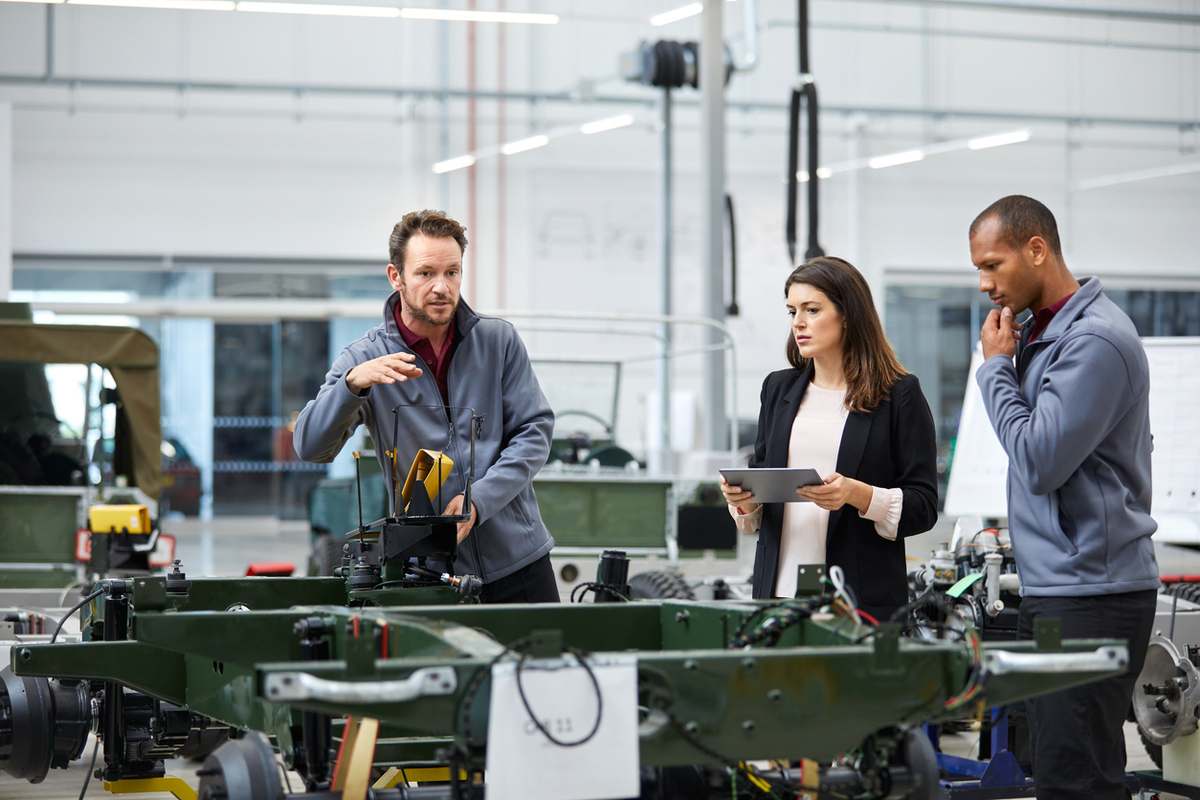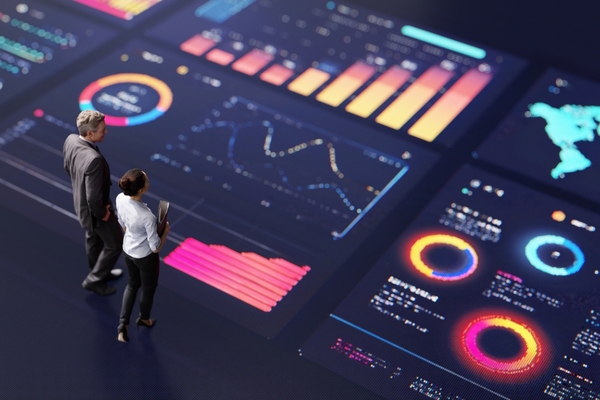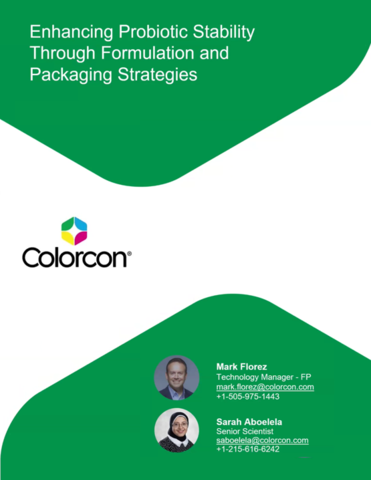A new era of product design: why engineers are the makers of the future
Sponsored by Makersite
We live in a culture defined by the concept of “take, make and waste”. We find ourselves battling against rapid product development and poor-quality products, which add little to no value to our lives and contribute to unsustainable growth. This, in turn, has led to over-commercialism – a concept defined by low costs, over-supply and a lax attitude towards sustainability.
So how can change be enacted? By empowering and enabling the right people. Product engineers want to create great, well-functioning products that have a low environmental impact. But they have historically lacked the required tools and support from the organisations they work for.
To achieve the sustainability goals businesses, consumers and regulators have put before us, the focus should be on making it better rather than making it faster. But to do that, the negative environmental impacts from the design and production process have to be removed.
The solution? New machinery. A tool that enables engineers to see the impact of material choices during the design phase of a product – a phase where, currently, some 80 per cent of the ecological impact of a product happens. A tool that enables speed, experience, performance and costs to be optimised and environmental impact to be removed. A tool that enables faster, smarter, greener decisions powered by the deepest understanding of your supply chain. A tool 50 times faster than traditional methods. That tool is a new piece of software – Product Lifecycle Intelligence, or PLI for short.
Product design led by an informed consideration of materials and the environmental footprint of our choices is a logical progression. This places the engineer in the spotlight. They not only understand the intricacies of design and manufacturing but also the broader ecological and socio-economic context in which they operate. However, there are challenges to overcome.
With projections indicating that the sustainability market could be worth $2 billion by 2030, there’s an evident rush among companies to gather necessary ESG and sustainability data and to meet regulatory benchmarks. But this often leads to a short-sightedness, with a disproportionate focus on reporting and little tangible improvement in actual practices.
We find ourselves at a moment where sustainability has crossed the chasm from afterthought to imperative. But in five years’ time, reporting will mean very little if no actual action is taken. Product development teams will be measured and held accountable for the changes they are able to systematically implement to drive the transition to a sustainable economy. To succeed, there needs to be a way to power this transformation at scale.
As it stands, the current machinery for product design is inherently rigid and not fit for purpose. Siloed data systems, an array of disconnected experts, a reliance on legacy systems, slow information exchange and a lack of proper strategy or understanding at board and executive level all result in poor product choices where the negative cost and supply chain impacts are not understood until it’s too late.
Far from facilitating rapid innovation, this situation inhibits inter-departmental collaboration and access to critical, real-time data – ultimately hindering informed decision-making.
However, we are standing on the edge of something new. Companies that embrace this new approach to product development will have a significant advantage over others. Adaptability is essential. The future belongs to an ecosystem of integrated systems that allow a seamless flow of data and an outcome where all relevant information is gathered in one place, informing decisions and enabling rapid course corrections.
If we present engineers with the data they need, they will use it – and use it well. No one wants to make a “bad” product, but “good” products can only be made with the right decisions informed by the right data. That is what will make the difference.
By placing engineers and product developers at the core of a data-centric approach, organisations can ensure that the products they design not only meet market demands but are also firmly anchored in sustainability. Combined with AI, a harmonised approach to data will provide full visibility into the manufacturing process, materials and supply chain during the design phase, enabling speed, experience, performance and costs to be optimised and negative environmental impacts to be limited.
But the product engineer cannot operate in isolation. Their perspective must be comprehensive, encompassing environmental, socio-economic and commercial considerations. To succeed in this mission, teams – from procurement and sustainability to supply chain management – must align.
Emerging platforms will play a pivotal role here. New solutions like PLI act as bridges that span knowledge gaps, fostering a culture of collaborative innovation and allowing easy access for all. PLI is a tool that not only helps the business to adhere to its core principles, but ensures visibility and transparency at every step, leading to better design choices and the creation of products that will stand the test of time.
Organisations need to rally their diverse teams – be they procurement, sustainability, engineering, or IT – under a shared, compelling vision, bringing about a dynamic ecosystem that is agile, adaptable and geared toward ethical, criteria-driven innovation.
The market is ready and waiting for a better approach. Some may argue that this is wishful thinking or is not worth the effort. However, a Bain & Company study found that, while only 40 per cent of businesses are on track to meet their sustainability goals, companies have an increasingly conscious and proactive base of consumers willing to pay 11 per cent more for sustainable products and employees that will help.
It’s not just blue-sky thinking for a greener future either. The most significant driver for companies to do anything has always been growing revenue. A 2022 report, the Sustainable Market Share Index by NYU Stern’s Center for Sustainable Business, examined what actually happened in the past decade. It found that the share of CPG products marketed as sustainable grew twice as fast as conventional products and accounted for one-third of the total revenue growth in the industry. Customers paid 27 per cent more for those products.
With a massive demographic shift bringing more environmentally conscious buyers into the market already well underway, the time never has been better to build better products.
Want to see what the future of product development looks like in practice? Head over to makersite.io for an interactive demo

Business Reporter Team
Most Viewed
Winston House, 3rd Floor, Units 306-309, 2-4 Dollis Park, London, N3 1HF
23-29 Hendon Lane, London, N3 1RT
020 8349 4363
© 2025, Lyonsdown Limited. Business Reporter® is a registered trademark of Lyonsdown Ltd. VAT registration number: 830519543





